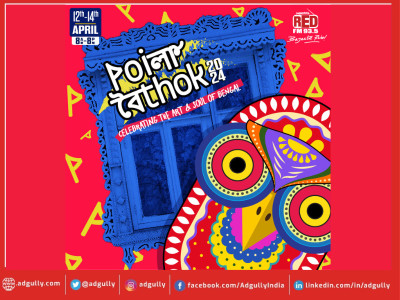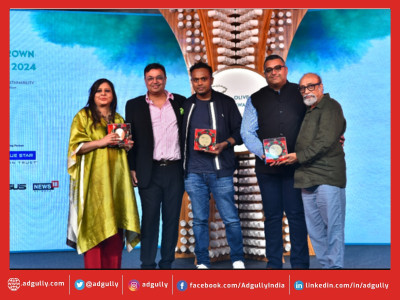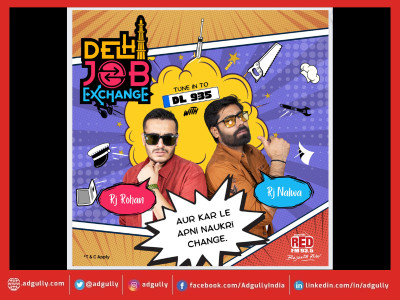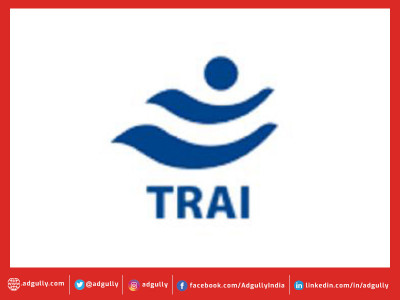Unlocking the airwaves: TRAI’s game-changing recommendations for FM radio
The Indian radio waves are poised for a transformative shift as the Telecom Regulatory Authority of India (TRAI) steps in to address long-standing concerns and challenges faced by FM radio broadcasting. In a move that promises to reshape the industry, TRAI recently unveiled a set of recommendations that could redefine the landscape of FM radio in the country.
The journey began when the Ministry of Information and Broadcasting (MIB) sought TRAI’s expertise in May 2022, seeking solutions to two critical issues – the formula for annual fees and the duration of FM licenses. In response, TRAI initiated a dialogue with the Association of Radio Operators for India (AROI) to gather insights into the challenges faced by the industry. This pivotal moment paved the way for a comprehensive consultation process, where stakeholders were invited to share their perspectives on FM radio broadcasting. After careful consideration of the feedback received, TRAI has crafted a set of recommendations that promise to address key concerns.
Key highlights of these recommendations include delinking annual license fees from the Non-Refundable One Time Entry Fee (NOTEF), a shift that could bring financial relief to FM radio operators. Additionally, the proposal introduces the possibility of private FM radio channels broadcasting independent news bulletins, a move that could revolutionise the way news is consumed in India.
As we delve into the details of these recommendations, we explore the potential implications and the industry’s outlook. We also hear from prominent voices within the radio sector, including Ashit Kukian, CEO, Radio City, and Nisha Narayanan, Director & COO, Red FM & Magic FM, who share their insights on how these recommendations align with the industry’s long-standing demands.
TRAI’s recommendations
The MIB, through a reference dated 11th May 2022, sought recommendations from TRAI under Section 11(1)(a) of the TRAI Act, 1997, pertaining to specific concerns.
After rigorous analysis of the feedback received during its consultation process, TRAI finalised a set of recommendations addressing the various facets of FM radio broadcasting. Some of the salient features of these recommendations include:
- De-linking Annual License Fee from NOTEF: The annual license fee of an FM radio channel should no longer be tied to the Non-Refundable One Time Entry Fee (NOTEF).
- Calculation of license fee: The license fee should be calculated as 4% of the Gross Revenue (GR) of the FM radio channel during the respective financial year, with GST excluded from Gross Revenue (GR).
- Relief for operators: The government is encouraged to take appropriate measures to provide relief to FM radio operators, addressing the challenges posed by the COVID-19 pandemic.
- News broadcasting: Private FM radio operators should be permitted to broadcast news and current affairs programmes, limited to 10 minutes in each clock hour, subject to adherence to a programme code of conduct applicable to All India Radio for news content.
- Mobile handsets: Functions and features pertaining to FM radio should remain enabled and activated on all mobile handsets equipped with the necessary hardware. The built-in FM radio receiver in mobile handsets must not be subjected to any form of disablement or deactivation.
These recommendations mark a significant milestone in addressing the evolving landscape of FM radio broadcasting in India, offering potential solutions to key issues faced by stakeholders in the industry.
News and current affairs on FM Radio
In a world increasingly dominated by digital media, where headlines are just a click away, the humble FM radio has quietly held its ground as a trusted companion for millions of listeners, sans news. If the groundbreaking recommendations from the TRAI are implemented, the radio landscape in India will witness a transformation of monumental proportions. One of the recommendations, poised to breathe new life into the radio sector, is more than just a regulatory shift; it represents a seismic shift in how we consume news and reconnect with a medium that has been a companion through the ages.
Neighbouring countries like Bangladesh and Nepal allow news broadcasting by FM players. And there is no valid reason to prohibit FM radio stations from broadcasting news when other private players in the television industry are permitted to do so.
TRAI’s recommendation to allow FM radios to broadcast news is a huge step forward for the radio sector, says Ashit Kukian, CEO, Radio City. “It offers fresh opportunities for radio to disseminate real-time up-to-the-minute news coverage to the listeners, thereby providing a competitive edge to radio stations. If FM radio, a hyperlocal medium with a last-mile reach, is allowed to broadcast news, it will attract a new set of advertisers to come on-board which will be beneficial for the business,” he notes.
License fee
Another key recommendation is de-linking annual license fee from non-refundable one-time entry fee. In the ever-evolving landscape of the radio industry, challenges often loom like storm clouds on the horizon. Today, as we navigate the complex terrain of broadcasting, there’s a pressing financial concern that has weighed heavily on the minds of FM radio operators – the formidable license fees. The recent global upheaval brought about by the Covid-19 pandemic only exacerbated this issue, casting a shadow of uncertainty over the industry’s future. While some players have managed to regain their footing and inch closer to pre-pandemic revenue levels, there’s a stark divide within the radio sphere, with many still struggling to emerge from the economic fallout. In a bid to offset financial strains, the industry has witnessed a surge in the volume of advertisements. Yet, therein lies a delicate balancing act, as the core challenge persists: how to maintain a harmonious listener experience without inundating the airwaves with an excess of commercial interruptions. As we delve into this multifaceted landscape, it becomes increasingly clear that the radio industry stands at a crossroads, where financial viability must align seamlessly with audience preferences.
“In the current scenario, license fees are a substantial financial challenge for us, and the situation was even worse during the Covid-19 pandemic,” says Nisha Narayanan, Director & COO, Red FM & Magic FM, adding, “While some of us may have emerged to pre-Covid levels in terms of revenue, there are many who are still struggling to come to the pre-Covid level. From a business standpoint, the radio industry is still struggling with the issue of increasing the advertising rates. As a result, there has been a significant surge in the volume of ads. The fact remains that the listeners do not want to listen to too many ads while consuming content on the radio.”
The separation of the annual license fee from the non-refundable one-time entry fee is a positive development for FM radio operators, says Ashit Kukian.
If implemented, he adds, it will positively impact the station’s financial solidity by reducing the monetary burden and improving cash flow. “Because of this shift, broadcasters may be in a better position to invest in infrastructure, research and development, as well as content creation, all of which are good for the business and our audiences. It will create a more stable and conducive economic environment for the radio industry, allowing businesses to thrive.”
Stakeholders are of the opinion that the TRAI recommendations are in line with what the FM radio players have been demanding for long time.
TRAI has addressed the major pain points faced by the FM radio industry, and these recommendations are in line with the FM radio stations requirements, points out Ashit Kukian. “The permission to broadcast news content, the length of licence terms, the structure of license fees and other recommendations are crucial and must be implemented. These suggestions hold great potential, yet their actual results will depend on their implementation and execution. If all goes well, we look forward to generating more revenue streams and healthy competitiveness in the industry,” he says.
We have long awaited the translation of these recommendations, and this proposal offers a ray of hope, says Nisha Narayanan. According to her, this might open gates for newer players to join the league and make the industry more competitive.
“With the expansion in reach, one will also get to see newer categories of advertisers on radio. With increased competition, radio platforms are likely to diversify their content offerings. Probably, in the future, one could launch a completely non-music station. However, one critical issue that requires immediate attention is the absence of a measurement system. I firmly believe that it was about time that a medium as impactful as radio was honored with these recommendations. TRAI has responded positively to the industry's proposal, but it is equally important for the Ministry of Information and Broadcasting to embrace these recommendations and move forward with their implementation,” adds Narayanan.
TRAI’s recommendations for FM radio broadcasting in India mark a turning point in the industry’s evolution. These proposals, aimed at alleviating financial burdens, enabling news broadcasting, and fostering healthy competition, have been met with optimism and enthusiasm by industry leaders. If embraced and implemented effectively, they have the potential to rejuvenate the radio sector, opening doors for new players, diversifying content, and enhancing the listener experience.
As we eagerly await the translation of these recommendations into reality, it is essential for all stakeholders, including the Ministry of Information and Broadcasting, to wholeheartedly support their implementation. With the promise of financial stability, expanded reach, and innovative content offerings, the future of FM radio in India looks brighter than ever before. The airwaves are poised for a resurgence, and we anticipate an exciting journey ahead for this good old beloved medium.



















Share
Facebook
YouTube
Tweet
Twitter
LinkedIn